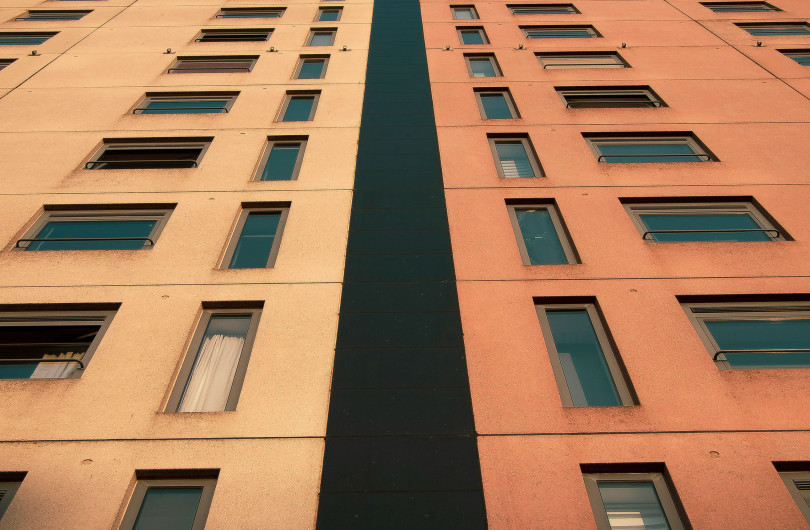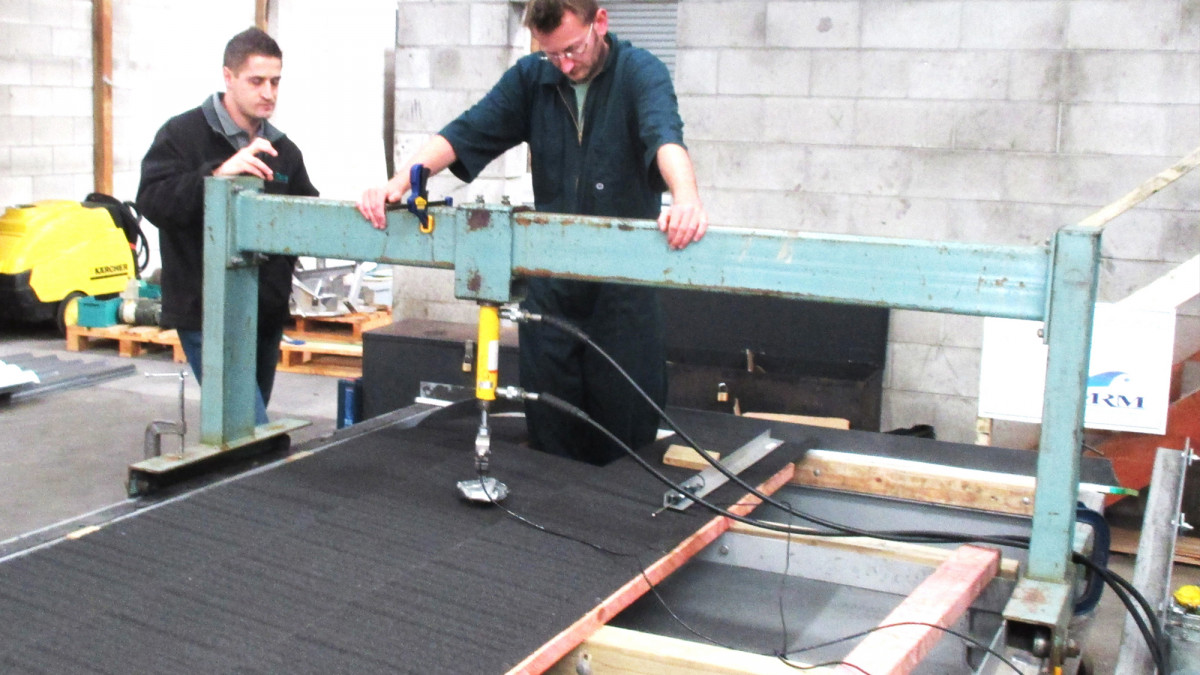
Gerard's Stratos Tile profile produced exceptional results in recent testing conducted at NZ Metal Roofing Manufacturers' testing facility in Huntly, under the supervision of Stuart Hayman and professional engineer John Dale, of JD Consulting Engineers.
The roofing tile was tested to assess the concentrated load bearing performance of the tile when installed on a roof structure, in order to determine how the tile would perform in situations where roof access was required for maintenance.
Also assessed was the load required to produce product failure, known as 'unacceptable residual displacement'. These tests involved increasing the concentrated load onto the tile until it became distorted and not able to deflect back to its original state.
The Results
The Stratos tile profile passed an impressive 1.3kN point load test. The tiles were tested by applying a concentrated (point) load in three positions on the tile, which were released after one minute. The displacement was measured under the load and the residual displacement was measured one minute after the load was removed.
The results demonstrate that the Stratos profile tile can handle approximately 130kg of load on any part of the roof tile — approximately the same weight as the foot pressure of a large man. This means that trades can walk on and access any part of the roof — not just over the battens or purlins.
Protecting the Roof
Stratos roofing tiles perform well when compared to other roof materials. Concrete roof tiles can crack, leading to leaks in the roof, and walking between purlins on a long run iron roof can cause denting that is difficult to repair or replace. When a metal roof tile is dented, the worst case scenario is that the particular tile will need replacing — a comparatively easy solution.
By specifying the Gerard Stratos profile, architects can be assured that future maintenance can be carried out without concern of causing damage. For new builds, this also means there is no fear of a member of an ancillary trade damaging the roof (plumbers, or aerial installers, for example) before construction is finished.













 New Products
New Products




















 Popular Products from Gerard Roofs
Popular Products from Gerard Roofs


 Most Popular
Most Popular


 Popular Blog Posts
Popular Blog Posts